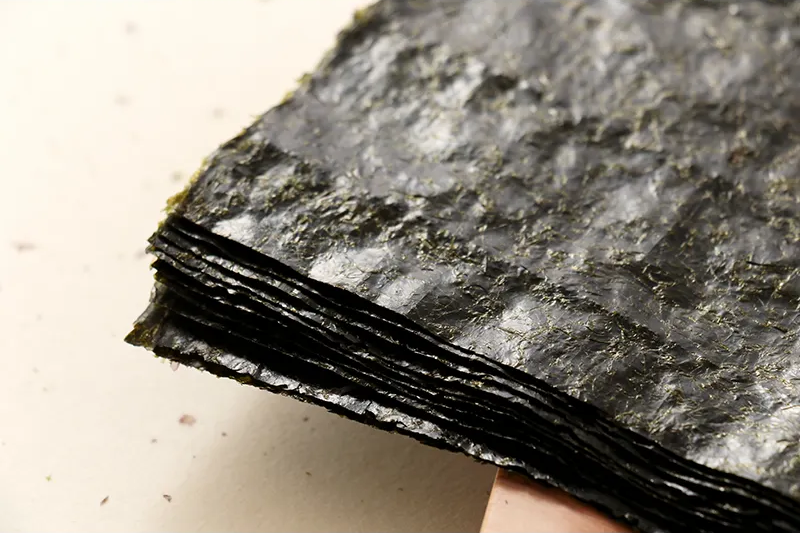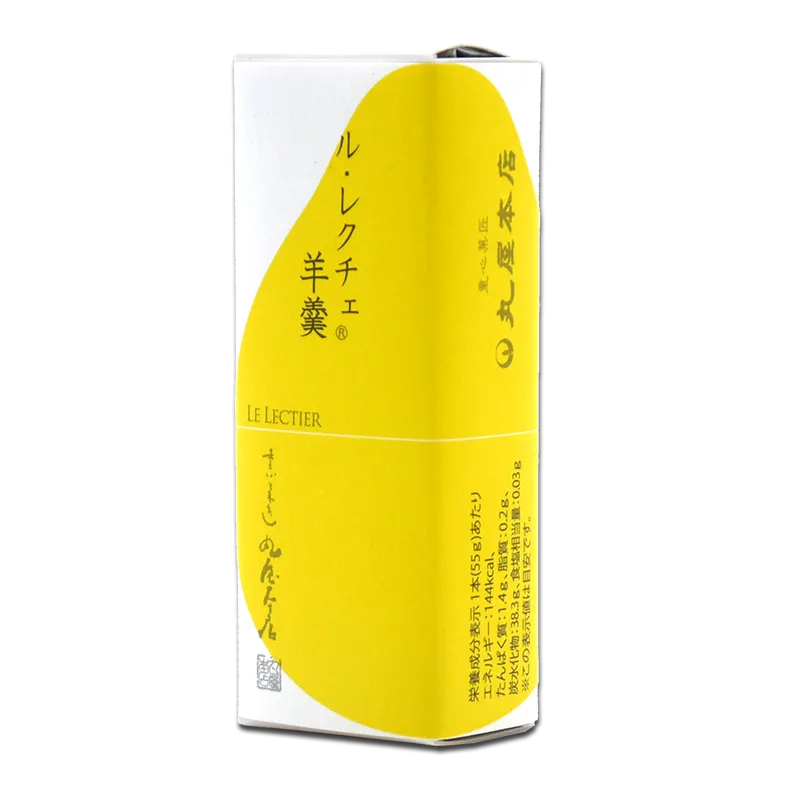In Kagoshima: The Unique Lantern Festival of June
The Japanese summer is the season of festivals, and the June Lantern Festival (rokugatsudô) is unique in that it is specific to Kagoshima Prefecture on the island of Kyushu. If you think it's a bit late to mention it, don't worry: we're talking about the lunar month of June, which corresponds to our current month of July, which is why this festival takes place every year on July 15th and 16th. Celebrated in 5 shrines in the city of Kagoshima, the most famous is that of the Terukuni shrine, one of those rare shrines dedicated to mortals deified after their...
Pasha Palaces for Sekikawa's Cats
In the pig, everything is good, but in rice? Apparently, that's true as well, as aside from consuming the grains, the village of Sekikawa, in the northeast of Niigata Prefecture, has also found an artisanal way to use the stalks! Originally baby baskets, neko chigura are now made for cats, to whom they provide warmth in winter due to their igloo-like structure, and coolness in summer thanks to their natural ventilation. Add to that, they are entirely handmade, with untreated natural products, and they have a lifespan of several decades. Taking 1 to 2 weeks of work, these baskets have...
The Hara House: A Blueprint for Community and Connection
Located in the agricultural village of Tsurugasone, in the city of Nagaoka (Niigata Prefecture), the Hara house seeks to address the problems of rural decline and modern architecture where new, autonomous buildings are superimposed on the terrain, creating an ever-growing separation between inhabitants. This house is thus designed as "incomplete," a building based on the necessity of other surrounding structures, rather than as an isolated dwelling into which one enters by cutting off from others. It's a large room for family gatherings, a dynamic and lively center, a space where neighbors, friends, and visiting children can easily stop by to...
From Kimonos to Noodles
Among the regional specialties of Niigata, hegi soba noodles intrigue with their ubiquity. Why "hegi"? It's a long story... Tokamachi is a city in the south of Niigata Prefecture, long renowned for its sericulture and – since silk is readily available – its kimono textile industry. To give a certain patina and enhance the colors of kimonos, funori seaweed, a perfectly edible panacea, is also used in the paper industry for its adhesive properties. Who had the idea one day to add this fabric glue to buckwheat flour for soba? It's unknown, but the result is firm and supple noodles...
Recent articles
Categories











